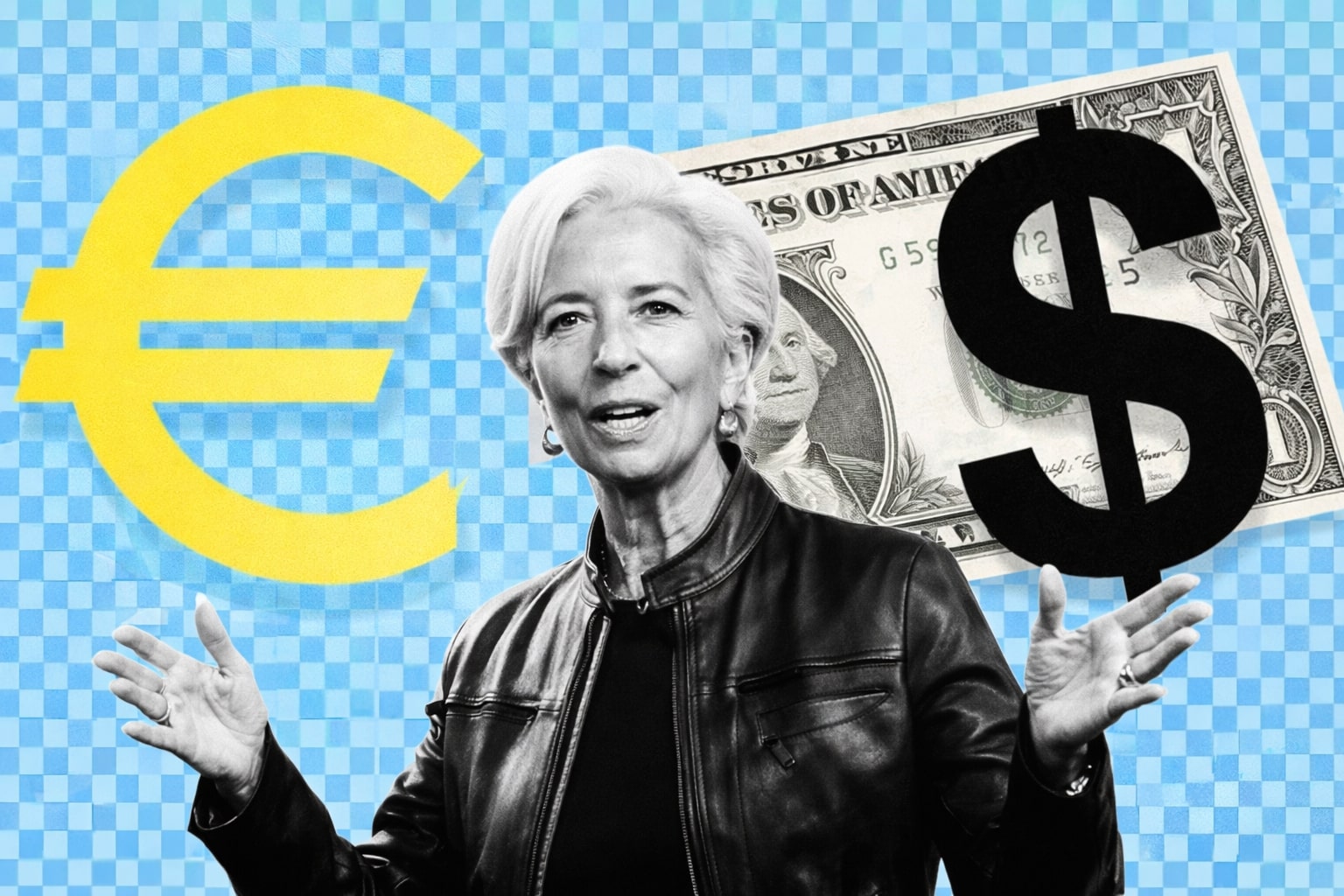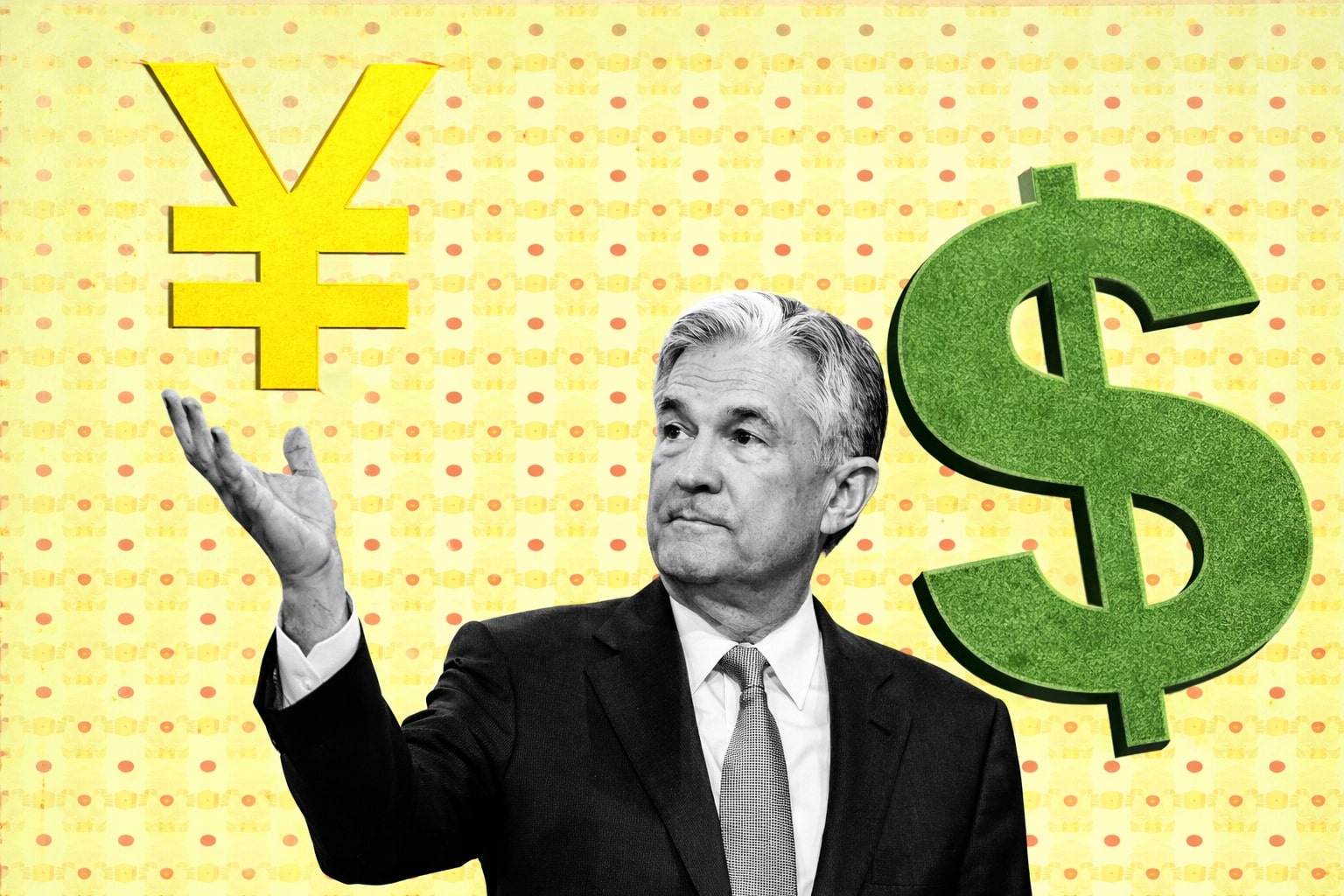EUR/USD Slips Amid USD Strength and Economic Uncertainty Ahead of ECB Rate Decision
Euro Struggles as US Dollar Gains Traction, Markets Eye ECB Decision and Inflation Data
On the last trading day of April, the EUR/USD pair has experienced a decline, falling below the 1.1000 mark as the US Dollar (USD) continues to strengthen. As the pair approaches the crucial support area of 1.0970/1.0950, further losses may be observed if buyers are unable to defend these levels.
The US reported a 1.1% annual growth in its real Gross Domestic Product (GDP) for Q1, falling short of the anticipated 2% expansion. Despite this, the USD maintained its position due to the healthy consumer activity and strong inflation indicated in the GDP report's details. Risk aversion has further bolstered the USD, causing the EUR/USD to continue its downward trend.
German and Eurozone economies have shown contrasting results, with Germany's economy contracting by 0.1% annually in Q1 and the Eurozone economy growing by 1.3%. The latter figure represents a significant decline from the 1.8% growth recorded in Q4 2022, exerting additional pressure on the Euro.
Later in the day, the US Bureau of Economic Analysis (BEA) is set to release the Personal Consumption Expenditures (PCE) Price Index data for March, alongside Personal Spending and Personal Income figures. However, these numbers are unlikely to provide any new insights after the release of the first-quarter GDP report.
The US economic docket will also feature the Employment Cost Index (ECI) for Q1. The US Federal Reserve is widely expected to raise its policy rate by 25 basis points (bps) in March. Following the GDP data, the likelihood of a rate cut in September dropped from 60% to 40% in just a week. If the ECI shows a stronger-than-expected increase, it could raise expectations for the Fed to delay its policy pivot, providing further support to the USD, and vice versa.
Month-end flows may lead to weaker inter-market correlations and erratic fluctuations in major currency pairs later in the day. Strong support can be found at the 1.0950/1.0970 level, represented by the 100-period Simple Moving Average and the Fibonacci 23.6% retracement of the latest uptrend. If the EUR/USD falls below this area and begins to use it as resistance, the pair could experience an extended downward correction towards 1.0900/1.0880.
Conversely, if the EUR/USD reclaims the 1.1000 level and stabilizes there, sellers may hesitate, and resistance levels of 1.1050 and 1.1070 could be targeted.
Looking forward, the European Central Bank (ECB) rate decision will be crucial for the Euro. Key metrics, including Eurozone core inflation and credit data, will provide valuable input to analyze the region's economic state. Currently, core inflation remains elevated due to wage growth offsetting higher prices, and this trend is expected to continue.
Money market pricing indicates a 78% probability that the ECB will hike rates by 25bps. This cautious approach allows the ECB to reassess economic variables ahead of the June meeting, taking into account the uncertainty surrounding increased war activity in Ukraine and the recent banking crisis.
From a US perspective, sustained global risk aversion could play into the safe-haven characteristic of the greenback. Robust economic data reflecting strong inflation and labor in the US may put pressure on the Fed to continue hiking, leaving the Euro exposed to further downside.
Technical analysis on both weekly and daily timeframes favors the Euro's downside. The weekly EUR/USD chart appears to be forming a long upper wick, suggesting potential subsequent downside for the pair.
Read More
-
Salesforce Stock Price Forecast - Why CRM Stock Around $238 Still Discounts Agentforce And 34% FCF
14.01.2026 · TradingNEWS ArchiveStocks
-
XRP Price Forecast - XRP-USD Holds Above $2 as Luxembourg EMI and CLARITY Act Cut Regulatory Risk
14.01.2026 · TradingNEWS ArchiveCrypto
-
Oil Price Forecast: WTI Oil Breaks Out Toward $62 as Brent Jumps Above $66 on Geopolitical Risk
14.01.2026 · TradingNEWS ArchiveCommodities
-
Stock Market Today - Dow Slides to 48,977 as BAC, WFC Sink and Gold Blasts to $4,621
14.01.2026 · TradingNEWS ArchiveMarkets
-
GBP/USD Price Forecast - Pound Holds 1.34–1.35 Band As Fed Independence Shock Offsets Strong US Numbers
14.01.2026 · TradingNEWS ArchiveForex


















